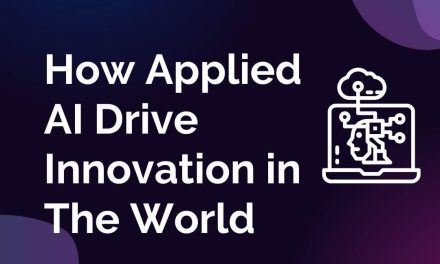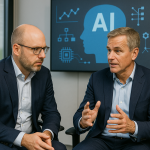The world of IoT has been evolving rapidly and billions of devices are projected to be connected in the coming years, however, one truth remains clear: If your infrastructure isn’t built on a scalable foundation, you’re not building – you are PATCHING!
The Forgotten Cornerstone: Lifecycle Design
Many IoT initiatives start strong, showcasing early wins in connectivity, data capture, and automation. But as these solutions scale, cracks begin to show. Systems falter under growing complexity. Maintenance becomes burdensome. Security risks multiply. And innovation is stifled by technical debt.
Why does this happen? Because lifecycle thinking was left out of the design equation.
Lifecycle design means considering the entire journey of an IoT system – from conception and deployment to evolution and eventual retirement. It’s about designing with foresight, not just for function.
What Lifecycle Thinking Looks Like in Practice
During earlier leader role, where we had to reimagine our sensor platform and product lifecycle process, the shift to lifecycle-oriented thinking was transformative. Here’s what we learned:
- Plan for scale from day one: Architect systems that are modular and adaptable, not rigid or over-customized.
- Design for evolution: Expect change. Your devices, protocols, and platforms must evolve without total rebuilds.
- Embed governance early: Regulatory compliance and risk management should be foundational, not add-ons.
- Integrate cybersecurity by design: Security isn’t a feature. It’s an architectural requirement.
- Measure and manage ROI across the lifecycle: Use data to continuously refine and justify your investments.
Why This Matters Now More Than Ever
As the number of connected devices grows, the costs of poor scalability and short-term thinking grow exponentially. Companies that fail to embed lifecycle strategies risk losing agility, trust, and market relevance.
Conversely, organizations that embrace lifecycle thinking gain a sustainable edge: more resilient systems, lower long-term costs, and platforms that support-not hinder-future innovation.
Final Thoughts
IoT isn’t just about connecting devices. It’s about engineering ecosystems that thrive over time.
ASK YOURSELF: Are you building with tomorrow in mind, or just solving for today?











